Last Updated on August 30, 2022 by Mary Pressler

What Are Nuclear Power Plants?
Nuclear power plants are characterized by a constant and stable electricity output, which is available 24/7 as baseload power. They use rotating electric generators driven by steam turbines, just like traditional power plants fired by coal and natural gas.
- The main difference is the heat source used to produce steam: Instead of burning fossil fuels like coal and natural gas, nuclear power plants produce heat by splitting the nuclei of radioactive atoms.
- This process is called nuclear fission, and the most common “nuclear fuel” is uranium-235.
Uranium cannot be used directly as nuclear fuel when mined, since uranium-235 represents less than 1% of the element in its natural form. After extraction, uranium is enriched to increase its U-235 content, and then pulverized and pressed into pellets. These uranium pellets are loaded into closed metallic tubes to be used in nuclear reactors.
Contrary to popular belief, the white “smoke” released by nuclear power plants is not radioactive waste, but simply steam from cooling towers. Depleted nuclear fuel stays inside the reactor in solid form, and it is replaced at intervals of around five years. Once removed from the reactor core, nuclear waste is stored in special containers made from steel reinforced concrete, which are handled with rigorous standards.
What Is the Current State of Nuclear Power in the US?
The US Energy Information Administration (EIA) reported that nuclear power plants produced 778 billion kWh in 2021, which is equivalent to 18.9% of the country’s total generation. According to the Nuclear Energy Institute (NEI), a single pellet of uranium fuel can provide the same amount of energy as:
- One ton of coal
- 149 gallons of oil
- 17,000 cubic feet of natural gas
According to EIA data, the US had 54 nuclear power plants in operation across 28 states as of July 2022, with a total of 92 individual reactors. On average, nuclear stations have delivered 20% of US electricity since the 1990s, and the US generates more nuclear power than any other country. After the US, the four countries with the highest nuclear capacity are France, China, Japan and Russia.
In the case of Texas, there are two nuclear power plants in operation as of 2022: The 2,425 MW Comanche Peak Plant, and the 2,560 MW South Texas Station. Together, these two power plants generated 8% of the electricity consumed by the Lone Star State in 2021.
The Two Main Types of Nuclear Reactors
As explained above, a nuclear reactor boils water, producing steam to drive a turbine and generator. Depending on how water is boiled, nuclear reactors can be classified into two main types: boiling water reactors (BWR) and pressurized water reactors (PWR).
- In a boiling water reactor, there is a direct connection between the reactor core and the steam turbine. Water flows directly into the reactor to be heated, and the resulting steam is supplied directly to the turbine.
- In a pressurized water reactor, the water that flows through the core is pressurized in a closed circuit to avoid boiling. The hot pressurized water flows into the heat exchanger of a steam generator, where it boils the water supplied to the steam turbine without mixing.
Regardless of the type of reactor, the steam flowing out of the turbine enters a condenser to become water again. Another water circuit removes heat from the condenser, producing the white stack of steam that is seen above nuclear power plants.
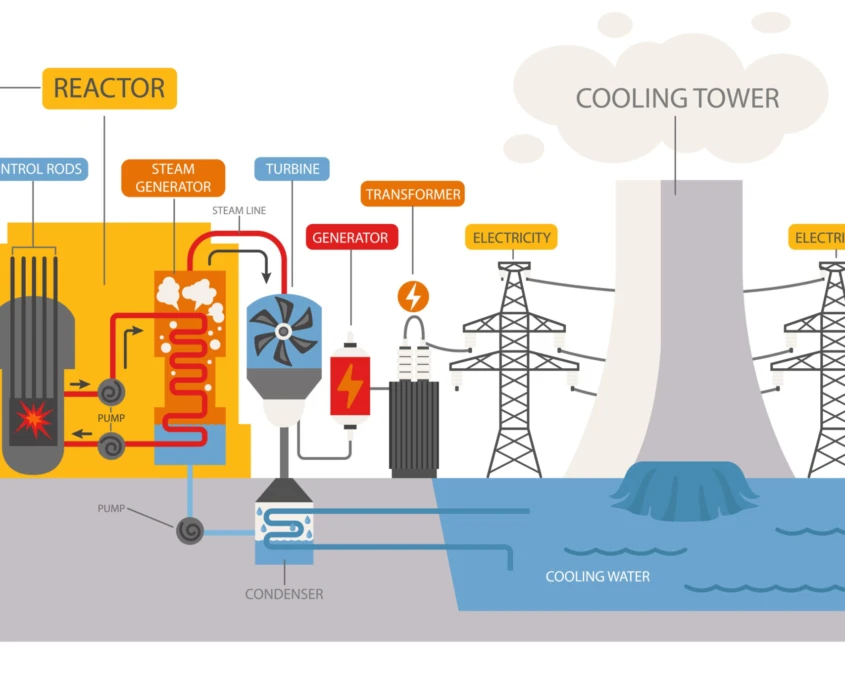
How a Nuclear Power Plant Works
An Ongoing Debate: Is Nuclear Power a Clean Energy Source?
Under normal conditions, a nuclear power plant releases no waste into the environment, while a coal-fired power station releases around a ton of carbon dioxide for every 1,000 kilowatt-hours of electricity. While there are technologies that mitigate the emissions from coal power plants, they drastically increase the cost of electricity.
Technically, nuclear energy is a carbon-free electricity source. However, classifying nuclear power as a “clean” source is a matter of debate:
- A nuclear power plant produces an extremely hazardous waste material, although in small amounts and in solid form.
- Compared with the emissions of fossil fuel power plants, nuclear waste can be contained much more easily.
- However, the consequences can be severe when a nuclear power plant suffers a major fault, and the two best-known examples are Chernobyl and Fukushima.
One could argue that nuclear energy is a clean power source as long as two conditions are met: handling nuclear waste perfectly without leaks, and avoiding reactor meltdowns.
Compared with solar panels and wind turbines, nuclear power plants have a key advantage: 24/7 availability. Solar and wind power depend on variable inputs, but nuclear power is available at all times once the reactor has started operating. The three energy sources can achieve synergy, reducing the carbon footprint of US power grids.
Trackbacks & Pingbacks
-
[…] Nuclear energy is contained in the bonds between the particles that make up the nucleus of an atom: protons and neutrons. Nuclear energy should not be confused with chemical energy, which is contained in the bonds between different atoms. In other words: […]
Leave a Reply
Want to join the discussion?Feel free to contribute!


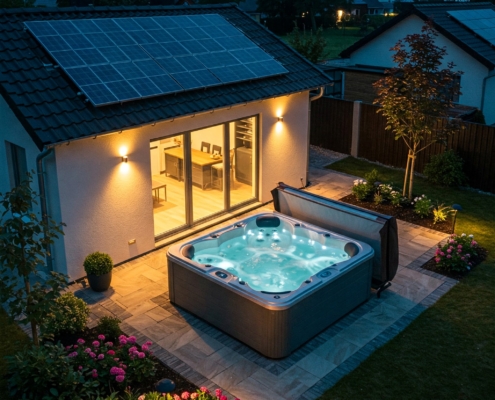
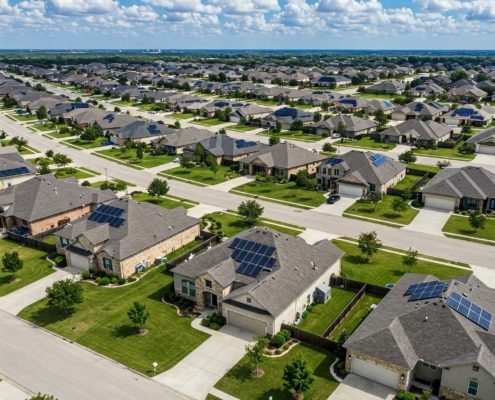
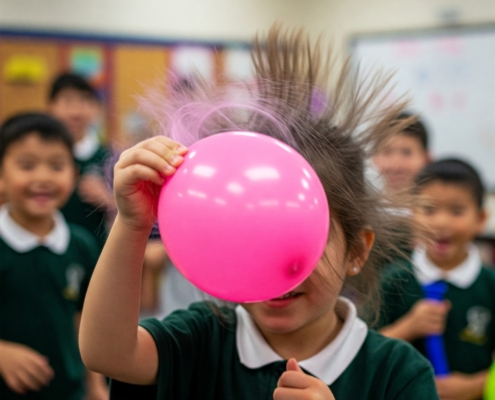

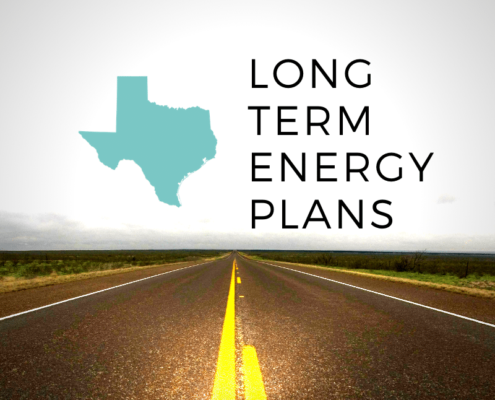


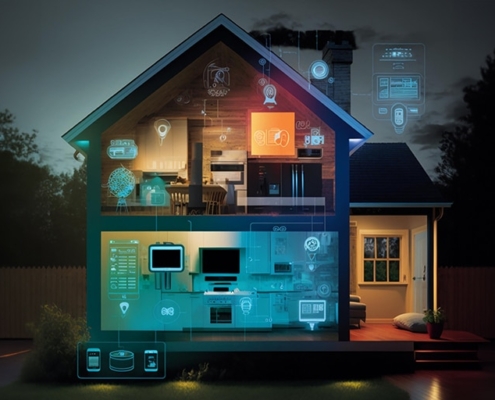
It’s interesting to know that the steam from cooling towers is the white smoke coming from them and not radioactive waste coming from nuclear power plants. That is great news because it means that the air is not polluted with radioactive elements. Hopefully, the cooling tower products would improve more as well and limit the smoke coming out of it to protect our planet from pollution as well.